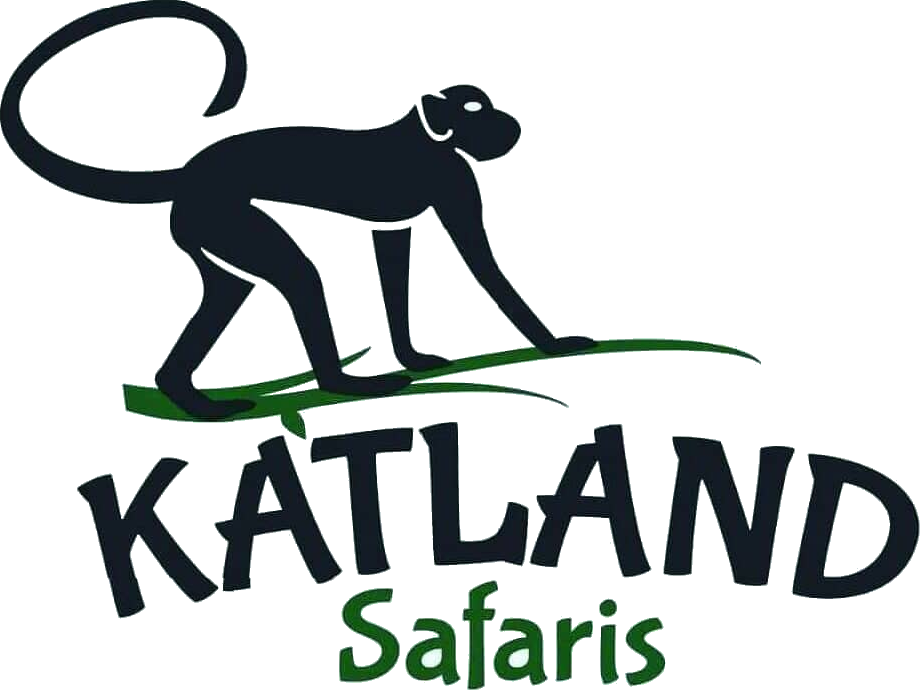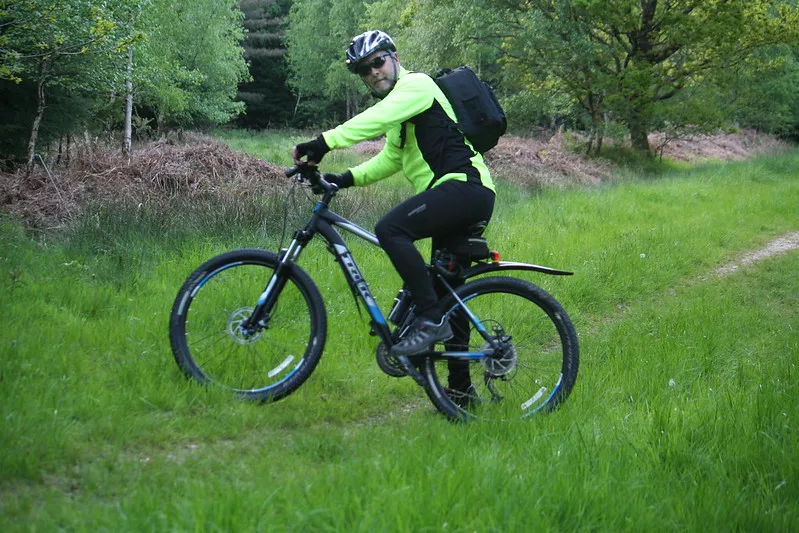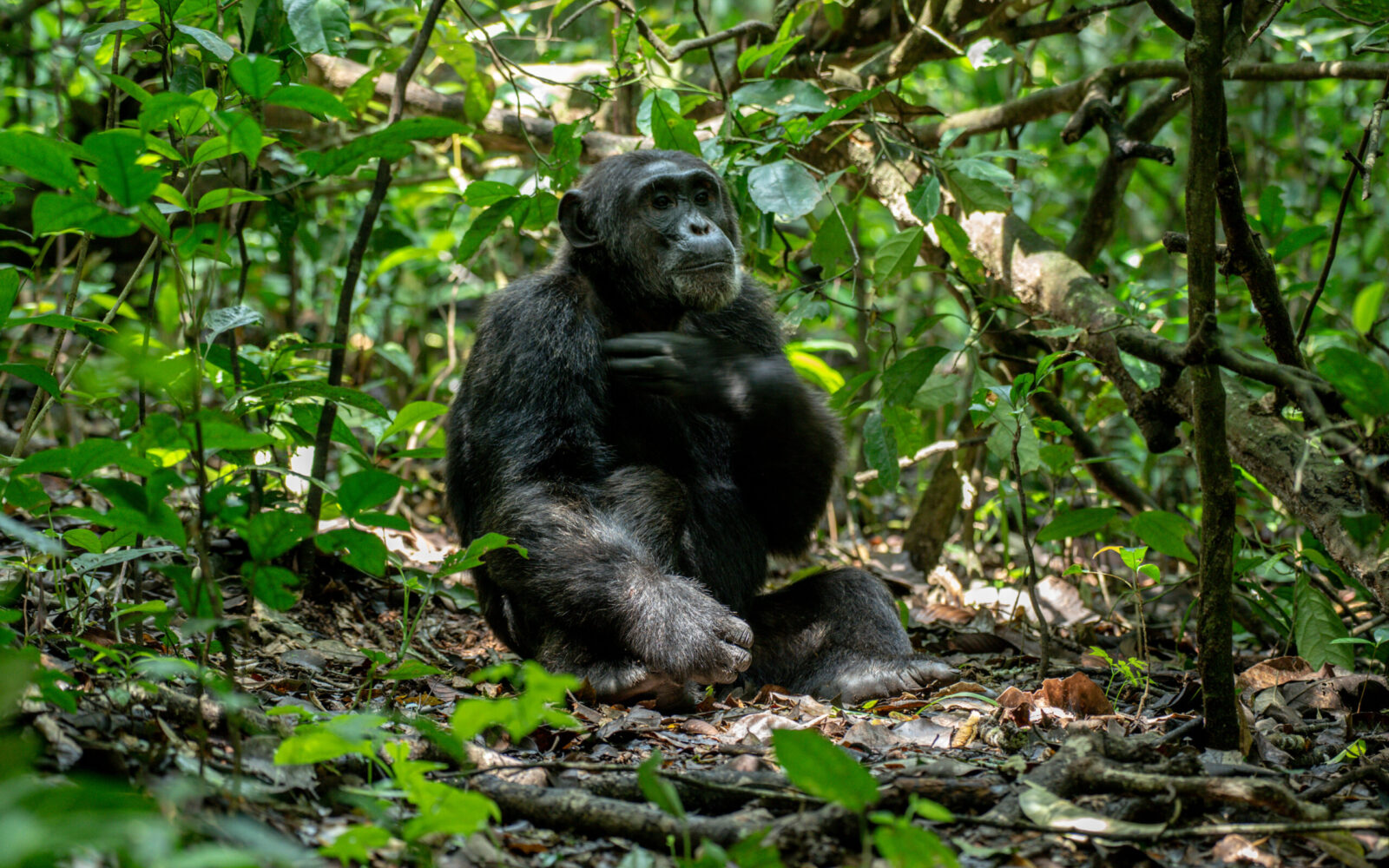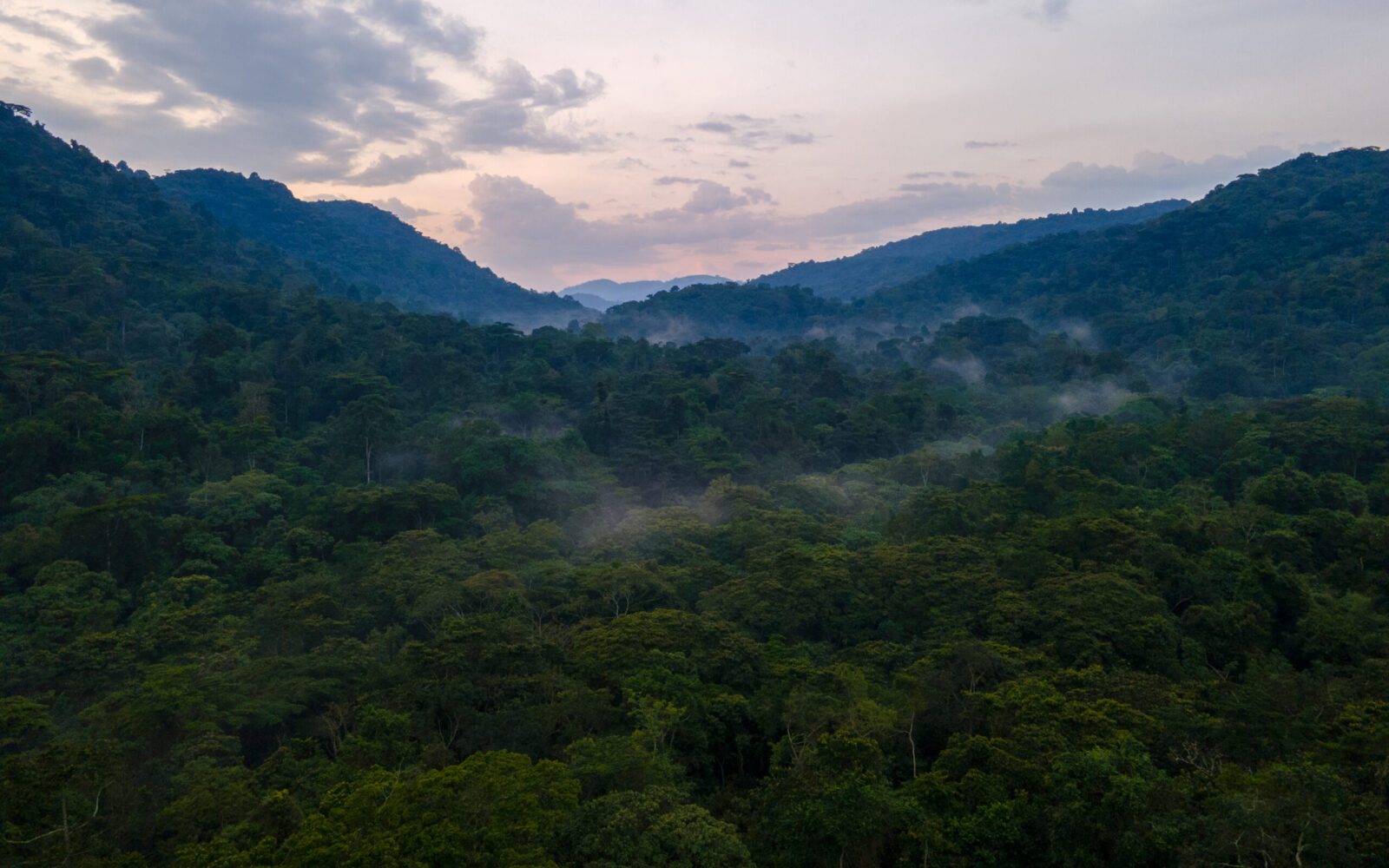Planning a cycling safari in Rwanda
Rwanda’s southern and northern regions provide cycling safaris. They will transport you to Kigali, Nyungwe Forest, Lake Kivu, and Volcanoes National Park in Rwanda. We work with various cycling businesses, like Africa Rising Cycling Center, to provide the finest Rwanda riding safari. Our bicycle routes were created to let tourists appreciate the ride and Rwandan culture.
A good tour operator makes Rwanda’s cycling safari planning easier. Planning a stress-free riding safari starts with research and choosing a tour operator. After choosing an operator, you must choose what to pack for the safari and pay before visiting Rwanda.
Cycle paths in Rwanda
Rwanda has several riding places, but we’ve picked our favorites. For appropriate planning, book a bicycle safari in any of the places listed in advance.
Congo Nile Trail cycling
One of Rwanda and East Africa’s top cycling paths, the Congo Nile Trail, is 227 kilometers long. The Rubavu-Rusizi path takes 5–7 days to cycle. All travelers may complete the hike in 5 days in portions.
The Congo Nile trail cycling safari begins with an almost three-hour trip from Kigali to Gisenyi. The return trip to Kigali takes about 5 hours from the finish. Using public transportation requires negotiating with the conductor for more room for your bike if you’re traveling alone. Private tours are superior since tour operators handle everything.
The Congo Nile trek is difficult and requires fitness. Those who aren’t fit may still join by riding parts of the Congo route.
How to rent a bike
Tourists should rent bikes from many stores countrywide since carrying one is pricey. Tour operators can help you rent bikes from specific shops before you get to Gisenyi, but remember that not all bikes are in good condition, so test ride the bike, and make sure it has a pump, and spare parts, and is comfortable.
Due to its route through commercial towns, marketplaces, villages, and stores, food, and water are fine. These have clean bottled water, fresh fruits, and market-prepared cuisine. Learn to negotiate and understand business signage to help travelers locate them. Stopping at villages and commercial hubs is a great chance to meet people and try Kinyarwanda food.
Options for Congo Nile trail lodging exist. Rwanda Development Board has built various campsites with signposts directing travelers to the camp’s location. All they need to bring is camping gear and bedding for the safari. Campsites are solely for tents, however you may set up your camp in a safe location near schools and communities.
Along the Congo trail, you can stay at Kibogora Guest House, Inzu Lodge (strategically located in Gisenyi), Bethanie Guest House (in Kibuye), Peace Guest House, L’Esparance Guest House, Mariah Hill Hotel, Paradis Malahide, Cormoran Lodge, and Lake Kivu Serena Hotel.
The Rwandan Cycling Federation organizes the Rwanda Cycling Cup throughout the year, in addition to the Congo Nile Trail. More than 5000 athletes and 20,000 dignitaries will attend the 2025 UCI World Road Cycling Championship in Rwanda. Additionally, this is the first time the competition will be conducted in Africa.
5 days Congo-Nile Trail Cycle safari itinerary
This 5-day cycling trip follows the Congo Nile. The trek has several stopovers and begins on difficult dirt roads through villages before reaching the highlands of Gisenyi and Kamembe. Keep an eye out for vehicles and motorcyclists on the riding routes. Expect some hills and descents. Food and water are accessible during your trip since it passes through communities.
Day 1: Gisenyi to Kinunu takes 5–6 hours. At 41 kilometers, this is the steepest cycle.
Day 2: Cycling 50 kilometers takes 5–8 hours, longer than the prior day. From Kinunu to Kibuye, the trip features more hills than usual.
Day 3 is 35 kilometers from Kibuye to Mugonero. The highest ascent, 1887 meters, takes 3–5 hours on Day 3.
Day 4: We cycle 35 kilometers from Mugonero to Kibogora for 4–5 hours. After rising, day four descends to Lake Kivu at 1440 meters before climbing over 10 kilometers to 1750 meters.
The 6-hour bike safari from Kibogora to Kamembe concludes on Day 5. Since it’s tarmac with fewer hills, the 54-kilometer segment is easy.
Based on the guesthouse/lodge location, the days might be longer than five.
The Kigali bike path
Rwanda’s capital, Kigali, is one of the world’s most attractive and cleanest cities. Biking around the Kigali Metropolis is one way to explore the city and visit tourist sites including the Genocide Centre, local markets, restaurants with delicious local foods, and milk bars.
Twin Lakes bike path
The Twin Lakes path, Rwanda’s second-best cycling path, is around Volcanoes National Park. Tourists may pedal along a 1-kilometer stretch between Rwanda’s twin lakes to see primates and meet locals.
Rwanda cycling safari packing list
Before going on a Rwanda bike safari, you should pack the following:
Driving and nighttime gloves.
Bicycle headlight
Waterproof sleeping bag. Keep it warm and comfy.
Bike and hiking shoes.
Bottled water and snacks. Remember to bring a 1-liter refillable water bottle.
Extra bike tires for replacement.
Extra clothing for changing and biking. Bring a sweater and raincoat.
Toiletries
Camera, additional lenses, waterproof bag, batteries, and tripod.
A helmet
Dusty bike road sunglasses.
A bike pump
A dust mask
Knee and elbow protectors aid in emergency falls. The pathways are unpaved, so anything may happen.
First aid kit in case, full.
Additional Rwandan tourism activities to combine with riding
Other activities you might incorporate on your riding safari are,
Game drives: Rwanda’s biggest park, Akagera National Park, offers game drives, bird viewing, and nature hikes. Cycling safaris might include visits to Akagera to observe lions, rhinos, and antelopes.
The most visited park in Rwanda is Volcanoes National Park, home to approximately 400 mountain gorillas. Gorilla trekking, Twin Lakes visits, primate walks, Dian Fossey grave visits, Kwita Izina ceremonies, and village visits may be added to your Volcanoes safari with cycling.
Visit the genocide memorial centers: Rwanda was devastated by the 1994 genocide, which murdered millions. Several monument centers were established to honor the victims and demonstrate the destructive effects of genocides. You may see what occurred years ago and meet survivors and relatives who attend genocide memorial facilities to see their loved ones.
Rwanda’s largest tourist destination, Nyungwe Forest National Park, is renowned for chimpanzee trekking. Besides chimpanzee trekking and habituation, Nyungwe offers canopy walks, primate walks, and birding throughout your bicycle safari.
Best time to cycle in Rwanda
Cycling is possible year-round in Rwanda, however, avoid March to May and October to November, which are rainy seasons. If you don’t mind the rain, bring additional clothing, a thick sweater, and a waterproof raincoat. These months are frequently muddy, slippery, and chilly. Cycling trails are greatest in June–September and December when they are drier, less slippery, and less muddy.
We recommend riding around Lake Kivu on the Congo Nile Trail via Nyungwe National Park, Volcanoes National Park, and Kigali City for your Rwanda cycling tour. Cycling requires fitness and is not for the faint-hearted. Try to observe Rwandan traffic laws and enjoy your bike ride.
Book your Rwanda cycling vacation with us.



